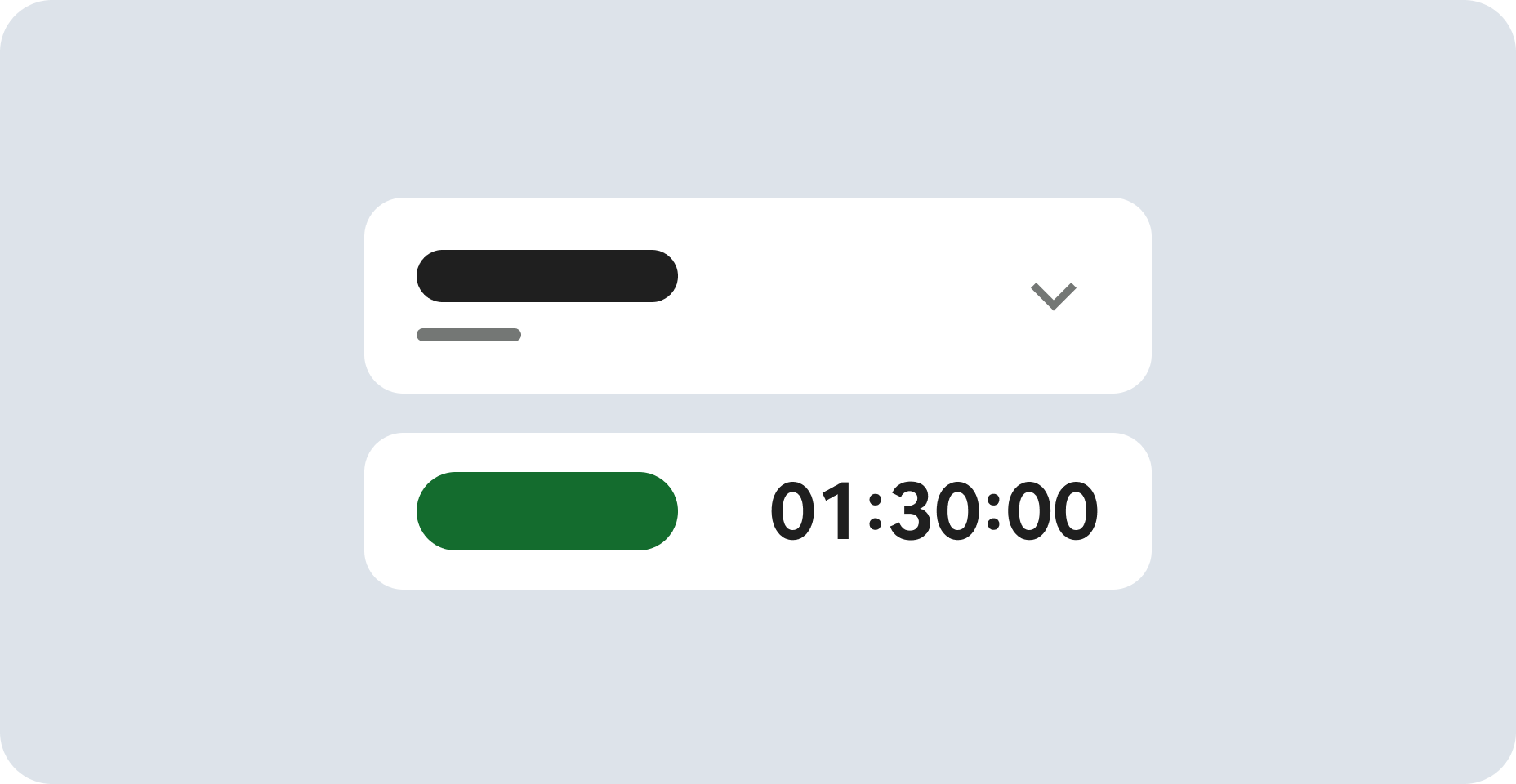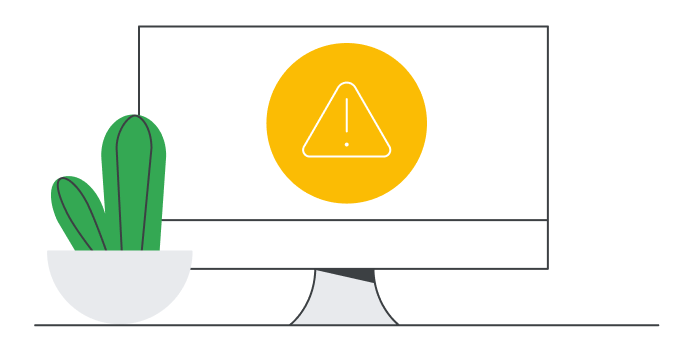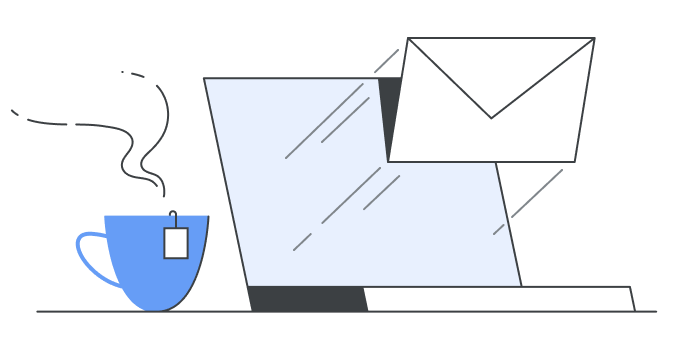Developer Essentials: Google Cloud Storage Static Website Hosting
Moduł
30 godz.
universal_currency_alt
1 punkt
show_chart
Wprowadzające
info
Ten moduł może zawierać narzędzia AI, które ułatwią Ci naukę.
gem-cloud-storage-host-static-site

Activate Cloud Shell
Cloud Shell is a virtual machine that is loaded with development tools. It offers a persistent 5GB home directory and runs on the Google Cloud. Cloud Shell provides command-line access to your Google Cloud resources.
- Click Activate Cloud Shell
 at the top of the Google Cloud console.
at the top of the Google Cloud console.
When you are connected, you are already authenticated, and the project is set to your PROJECT_ID. The output contains a line that declares the PROJECT_ID for this session:
Your Cloud Platform project in this session is set to YOUR_PROJECT_ID
gcloud is the command-line tool for Google Cloud. It comes pre-installed on Cloud Shell and supports tab-completion.
- (Optional) You can list the active account name with this command:
gcloud auth list
-
Click Authorize.
-
Your output should now look like this:
Output:
ACTIVE: *
ACCOUNT: student-01-xxxxxxxxxxxx@qwiklabs.net
To set the active account, run:
$ gcloud config set account `ACCOUNT`
- (Optional) You can list the project ID with this command:
gcloud config list project
Output:
[core]
project = <project_ID>
Example output:
[core]
project = qwiklabs-gcp-44776a13dea667a6
Note: For full documentation of gcloud, in Google Cloud, refer to the gcloud CLI overview guide.
Overview
This lab guides you through hosting a static website using Google Cloud Storage (GCS). You'll create a GCS bucket, upload website files, configure the bucket for website hosting, and use Artifact Registry to manage container images. This lab assumes basic familiarity with Google Cloud and command-line operations.
Task 1. Create a Google Cloud Storage Bucket
Create a GCS bucket to store your website's files.
- Set your Project ID.
gcloud config set project {{{ project_0.project_id | "PROJECT_ID" }}}
Note:
Sets the active project in the Cloud SDK.
- Create a GCS bucket.
gcloud storage buckets create gs://{{{ project_0.project_id | "PROJECT_ID" }}}-website --uniform-bucket-level-access
Note:
Creates a new GCS bucket with uniform bucket-level access enabled.
Task 2. Upload Website Files
Upload your website's HTML, CSS, JavaScript, and image files to the GCS bucket.
- Create a simple
index.html file.
<html>
<head>
<title>My Static Website</title>
</head>
<body>
<p>Hello from Google Cloud Storage!</p>
</body>
</html>
Note:
Creates a basic HTML file.
- Upload the
index.html file to your bucket.
gcloud storage cp index.html gs://{{{ project_0.project_id | "PROJECT_ID" }}}-website
Note:
Copies the index.html file to the GCS bucket.
Task 3. Configure Bucket for Website Hosting
Configure the GCS bucket to serve your static website.
- Enable website configuration on the bucket.
gcloud storage buckets update gs://{{{ project_0.project_id | "PROJECT_ID" }}}-website --web-main-suffix=index.html
Note:
Sets index.html as the default index page for the bucket.
- Make the bucket objects publicly readable.
gcloud storage buckets add-iam-policy-binding gs://{{{ project_0.project_id | "PROJECT_ID" }}}-website --member=allUsers --role=roles/storage.objectViewer
Note:
Grants public read access to objects in the bucket.
Task 4. Access Your Website
Access your hosted static website via the GCS bucket's URL.
- Get the public URL of your website.
echo "https://storage.googleapis.com/{{{ project_0.project_id | "PROJECT_ID" }}}-website/index.html"
Note:
Prints the URL to access your website.
- Open the URL in your browser to view your website.
Open the URL in your browser to view your website.
Note:
This is not a command, just a text reminder to the user.
Task 5. Clean Up
Clean up resources to prevent unintended charges
- Remove the bucket.
gcloud storage rm -r gs://{{{ project_0.project_id | "PROJECT_ID" }}}-website
Note:
Deletes the GCS bucket.
Congratulations!
You have successfully hosted a static website on Google Cloud Storage. You created a GCS bucket, uploaded your website files, configured the bucket for website hosting, and accessed your live website. This is a cost-effective and scalable solution for hosting static content.
Additional Resources
Manual Last Updated Jun 27, 2025
Lab Last Tested Jun 27, 2025


 at the top of the Google Cloud console.
at the top of the Google Cloud console.




